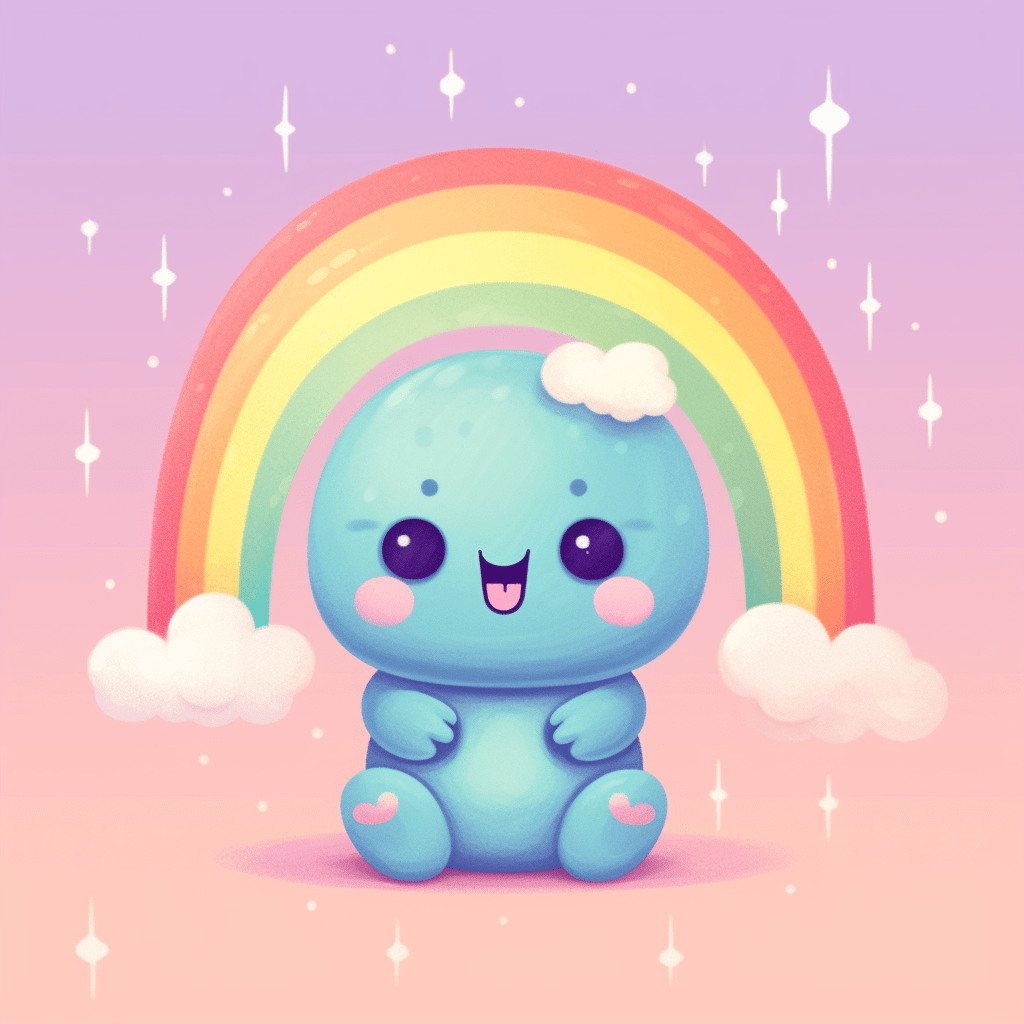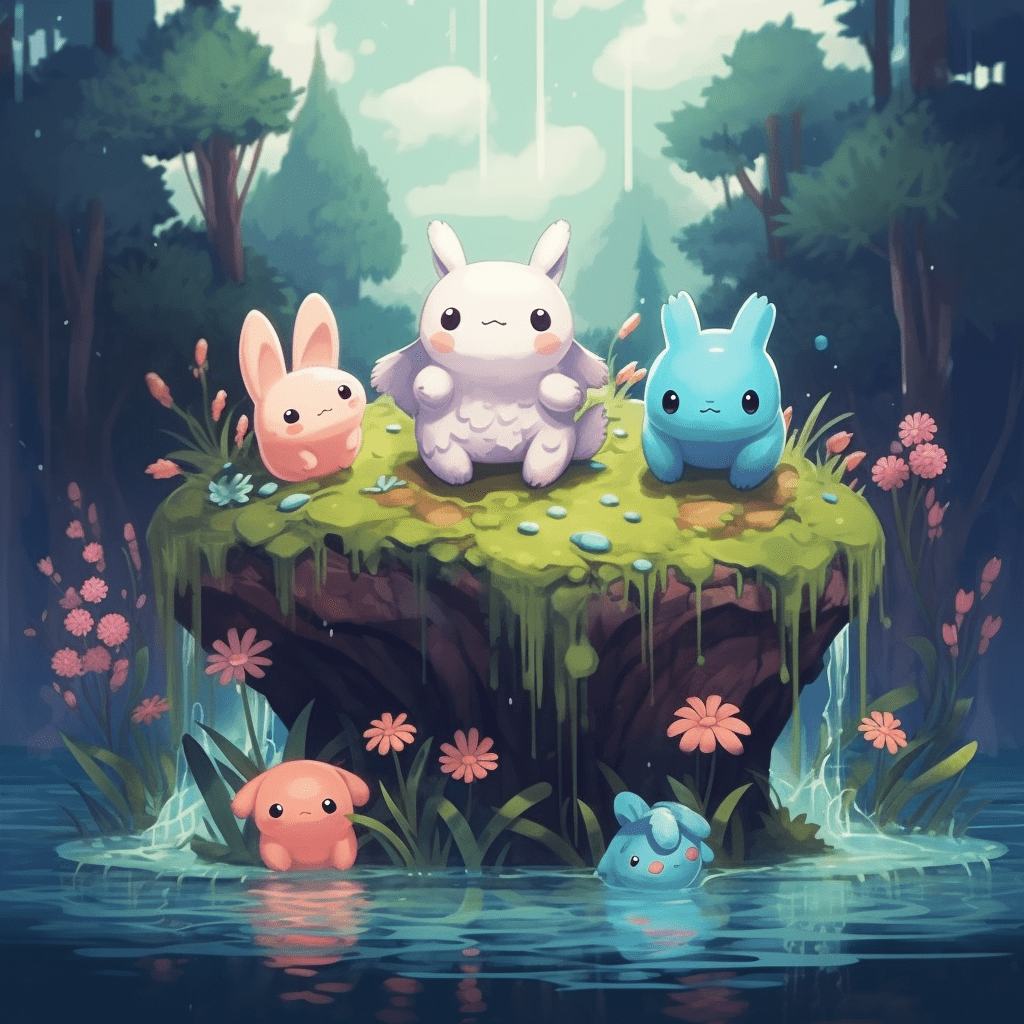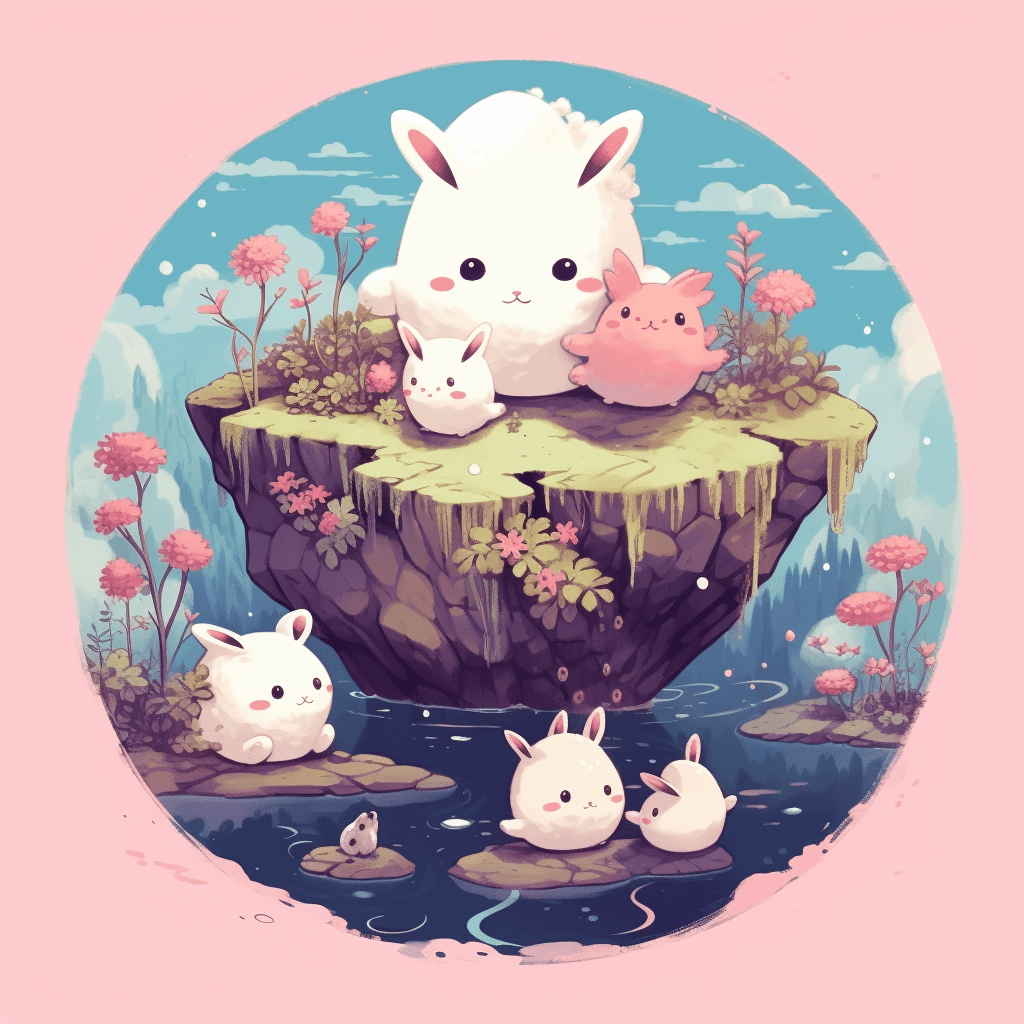Entering the realm of non-fungible tokens (NFTs) can be a daunting experience for artists and creators. To seamlessly navigate the NFT landscape, it is crucial to understand the terminology associated with this cutting-edge technology. This article serves as a comprehensive guide to the essential NFT terms and phrases, specifically tailored for artists and creators.

Non-Fungible Tokens (NFTs)
An NFT is a unique digital asset that certifies ownership and authenticity of a specific item or piece of content. Unlike cryptocurrencies, NFTs hold distinct attributes and metadata, making each token one-of-a-kind. Digital art, virtual goods, music, and other forms of media can be tokenized as NFTs.
Blockchain
A blockchain is a decentralized and distributed ledger that records transactions and secures data using cryptography. NFTs are created and stored on blockchains, with Ethereum as the predominant choice for generating NFTs. Other options include Binance Smart Chain, Solana, and Flow, which offer various advantages and drawbacks concerning fees, community support, and marketplace adoption.
Smart Contract
A smart contract is a self-executing digital contract with the agreement’s terms directly expressed as computer code. These programmable instructions enable the creation, minting, and management of NFTs and dictate features such as royalties and ownership transfers.
ERC-721 and ERC-1155

ERC-721 and ERC-1155 are Ethereum token standards designed specifically for NFTs. ERC-721 allows the creation of unique, non-fungible tokens, while the ERC-1155 standard supports both non-fungible and fungible tokens within a single contract, enabling more flexible and efficient management of digital assets.
Minting
Minting refers to the process of creating an NFT and adding it to the blockchain. During minting, creators upload their digital works, add metadata, and generate a unique identifier for the token, ensuring its distinctiveness and rarity. Minting often requires gas fees to compensate network participants who validate transactions.
Metadata
Metadata is descriptive information associated with an NFT, encompassing elements such as the title, creator, description, and special features that make the token discoverable and informative. Metadata helps to define the NFT’s uniqueness, adding value and appeal for potential buyers.
Gas Fees
Gas fees are transaction costs required when minting or interacting with NFTs on specific blockchain networks, such as Ethereum. These fees are necessary to compensate miners or validators for maintaining the network’s security and processing transactions. Gas fees may fluctuate according to network congestion and transaction complexity.
Digital Wallets
Artists and creators must set up a digital wallet compatible with their chosen blockchain network to mint, manage, and trade NFTs. A digital wallet is a software application that stores private keys and enables a user to interact with the blockchain. MetaMask, Trust Wallet, and Ledger are examples of popular wallets that support NFT management.
Royalties
Royalties are a vital aspect of the NFT ecosystem, as they ensure ongoing compensation for creators when an NFT is sold or traded on secondary markets. By leveraging smart contracts, artists can define a set percentage of each subsequent sale as a royalty, providing an additional income stream.
Marketplaces and Platforms
NFT marketplaces and platforms are online venues where creators can mint, sell, and discover non-fungible tokens. Platforms like OpenSea, Rarible, and Foundation are popular Ethereum-based marketplaces, while others cater to specific networks, niches, or artistic communities. Artists should choose a suitable platform that aligns with their creative and promotional needs.
Whitelisting and Pre-sales

Whitelisting is a process that grants early access or exclusive privileges to a select group of individuals for upcoming NFT drops or launches. These individuals, typically dedicated community members or early supporters, gain priority access or discounted minting prices before a public sale, encouraging engagement and loyalty.
Utility and Interactivity in NFTs
Increasingly, NFTs are incorporating utility and interactivity by adding features that go beyond mere digital ownership. These may include access to content, experiences, or virtual spaces; participation in a larger community; or even the ability to upgrade or customize the NFT. Artists and creators should consider how to add value to their NFTs by including novel and engaging functionalities that set their work apart.
In conclusion, understanding essential NFT terminology is crucial for artists and creators looking to succeed in the digital art space. Armed with the knowledge gleaned from this guide, artists can confidently create, mint, and promote their unique digital assets, ensuring a smooth entry into the world of non-fungible tokens.
